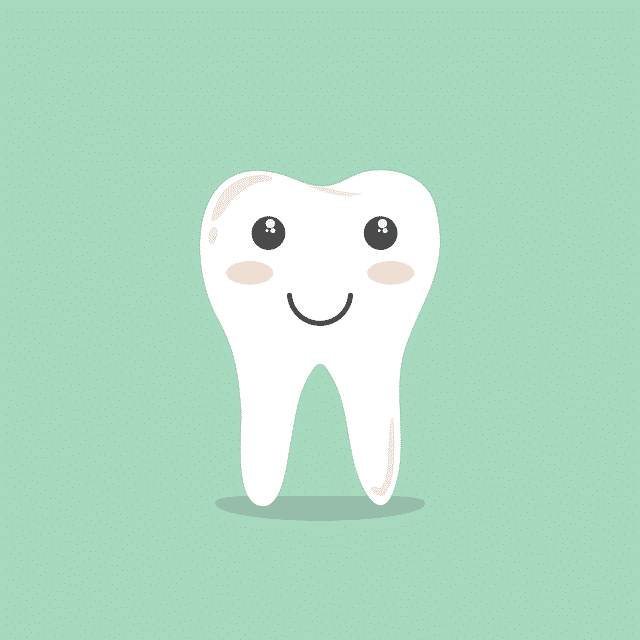Children and Fear of The Dentist
Let’s be honest: no one likes going to the dentist. Many full-grown adults still harbor a great deal of stress and anxiety over the whole ordeal of an hour or two in the dentist’s chair, and it’s only worse for children, who don’t have the maturity and experience to understand that a little discomfort is well worth it for the sake of good oral health.
Can Cartoons Help to Calm Children at The Dentist?
That’s why researchers are searching for ways to improve the dentist office experience for young patients. Current studies indicate that cartoons might be the best tool in the fight against dentist-related stress.
In 2013, a group research project between university dentistry faculty in Hong Kong, Malaysia, China and Australia set out to study the symptoms and manifestations of dental fear and anxiety, or DFA. They estimate that 5-20% of youth and adolescents suffer from DFA, with some cases extreme enough to be considered a phobia. According to social media accounts and video from families with DFA-affected children, dental visits often prompted crying, screaming, uncontrollable shaking, and flat-out refusal to cooperate by sitting in the chair or opening their mouths.
Experiencing fear and stress aren’t just unpleasant for the young patient. It’s also more difficult for the dentists and hygienists to do their jobs when dealing with an anxious, worked-up child. It’s upsetting to the dental professional, it takes more time, and it can be impossible to thoroughly complete procedures with patients who are uncooperative or disruptive. Children may also miss out on crucial dental care if they refuse to see the dentist or their parents are hesitant to make appointments, knowing the ordeal a dentist visit will entail.
Clearly, it’s in everyone’s best interest to help improve the experience of a dentist visit for children and reduce their fear.
The Science Behind Cartoons and Their Calming Effect On Children
Searching for a way to help calm down dentist-hating youngsters and improve their behavior, King Saud University’s Royal College of Dentistry in Saudi Arabia conducted a study on the effects of audio-visual distraction tools — namely, cartoons.
Fifty-six children age seven to nine, who identified as suffering from DFA, were randomly split into two groups for three separate 30-minute dentist visits. One group was provided with special eyeglasses that allowed them to watch their favorite cartoons during the visits (which included routine examinations, an injection, and a tooth restoration). The control group was not provided any extra distractions.
In the research team’s observations, the children who got to watch cartoons during the procedures were significantly calmer and more cooperative than the control group. They also had lower pulse rates than the distraction-free group. The only measurement that didn’t reflect any difference was the children themselves — when asked after the procedure, the young patients didn’t report feeling less stress or pain than normal.
The researchers acknowledge that the sample size was small and further study is needed, but dental professionals around the world looking to ease the fears of their young patients are already looking into providing calming distraction options like cartoons as part of a dentist visit.
It’s likely that the best possible solution is to incorporate the cartoons into a larger approach that presents patients with a more friendly, kid-centered atmosphere. Redesigning dentist’s offices, training dentists and hygienists to minimize stress with their attitudes, and rewarding patients’ good behavior are other methods that researchers have suggested.
Learn more about pediatric dental care and our pediatric dental emergency care services.

